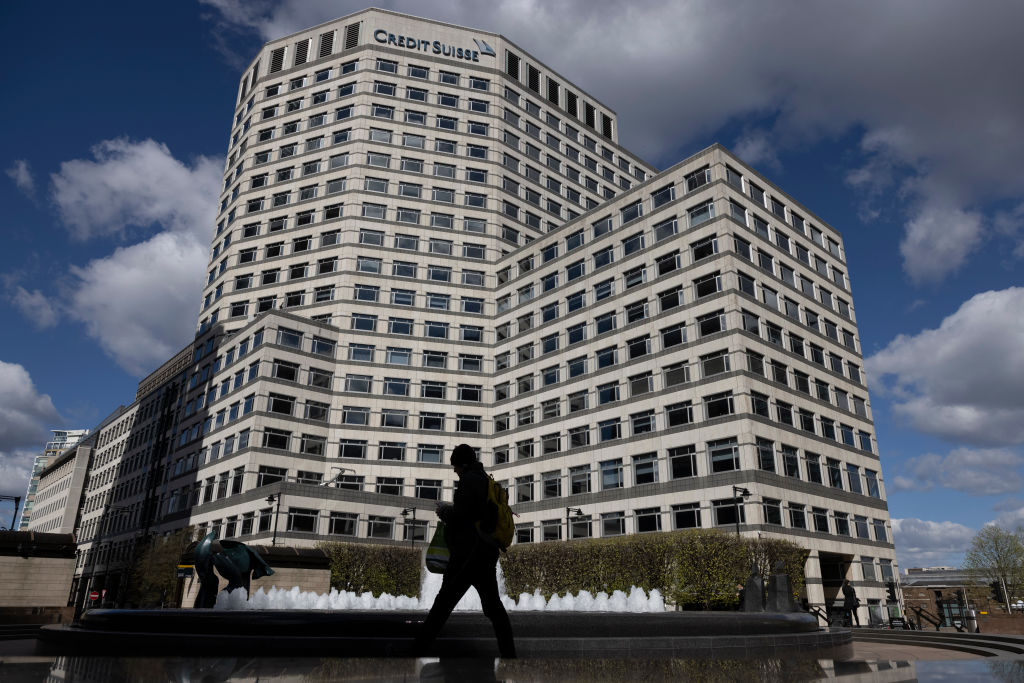This article is an on-site version of our Unhedged newsletter. Sign up here to get the newsletter sent straight to your inbox every weekday
Good morning. Yesterday we wrote about the unmoving US stock market and, frankly, were worried the letter would be followed by an embarrassing burst of volatility. So far, though, our luck has held: the S&P 500 rose a meagre 0.9 per cent yesterday. Email us: [email protected] and [email protected].
Economic data can be shifty for many reasons, among them weird weather, low response rates or changing laws. But here’s one source of noise you don’t hear nearly as often:
[The Massachusetts Department of Unemployment Assistance] is experiencing an increase in fraudulent claim activities where people attempt to gain access to active [unemployment insurance] accounts or file new UI claims using stolen personal information so they can fraudulently obtain unemployment benefits.
Fraud in Massachusetts appears to be, at least in part, behind a sharp uptick in initial UI claims this year, an uptick that has generated a good deal of consternation, including from Unhedged. Ignoring it makes the labour market look better. Deutsche Bank recently simulated counterfactual jobless claims data by swapping Massachusetts for its rough statistical equivalent: two Connecticuts. That change alone lowers the year-to-date rise in initial claims from 17 per cent to 7 per cent. This chart from Ian Shepherdson of Pantheon Macroeconomics, showing seasonally adjusted ex-Mass. claims, visualises it well:
We detail this because the rise in initial claims was core to the labour-market-is-cracking argument. As Aichi Amemiya, Nomura’s US economist, has pointed out to us, labour market data tends to break down in a predictable order towards the end of a cycle. Claims, quits and job openings first, followed by wages and unemployment. But job openings (which some think are dubious data) exploded during the coronavirus pandemic, and still rest nearly 40 per cent above pre-pandemic levels. The quits rate has fallen further but looks more like normalisation than proper cracking:
Unemployment, at 3.4 per cent, has not budged, while wage growth is grinding down ever so slowly:
To repeat, none of this says that the labour market is not cooling, but rather that it is taking its sweet time. If initial claims have risen only 7 per cent or so this year, that fits the wider labour-market picture, yet clashes with expectations for imminent recession. As Santander’s Stephen Stanley wrote yesterday, consensus economic gloom hinges on the labour market deteriorating soon:
The April Bloomberg survey of economists had payrolls contracting in the third quarter and the unemployment rate averaging 4.4 per cent, a full percentage point higher than the current level, in the fourth quarter. In short, the consensus call is for an imminent collapse in the labour market. So, it is not enough that claims are higher than they were six months ago. They need to be surging to justify the current consensus call. And the data clearly indicate this is not happening.
The Fed is reportedly feeling split on whether to raise rates again in June. Doves cite the risk of an overshoot and hawks point to a labour market that has, in one central banker’s words, only gone from “red hot to hot”. Who can blame them?
Earlier this week we looked at first-quarter results from Home Depot, and saw a pattern pretty consistent with what we know, and don’t know, about the US consumer.
The company’s same-store sales are falling in the mid-single digits in nominal terms. In inflation-adjusted terms, the picture is of course uglier: the customer is paying is paying a little less, and getting quite a bit less. And management notes that customers are shying away from big-ticket items and taking on less ambitious home improvement projects. Management’s outlook for the rest of the year came with a wide range. The source of uncertainty is that Home Depot’s leadership doesn’t know how much of the exceptional growth in the pandemic years was driven by demand pulled forward. In inflation-adjusted terms, Home Depot spent the pandemic years growing at a multiple of GDP, and well above its normal trend. What happens now? A return to normal, or a giveback?
On Wednesday we got first-quarter numbers from Target, and they echoed Home Depot’s neatly. Though sales were flat rather than falling, the difference was Target’s big business in food and other non-discretionary items. Management noted that sales trends decelerated through the quarter, and were negative by May. Customers are seeking out discounts. The targets for the rest of the year were, again, spread over a wide range.
On Thursday came Walmart, and while the results appeared to break the pattern, the differences were only superficial. Same-store sales were up more than 7 per cent, and the company is targeting low-single-digit sales growth for the rest of the year. But the sales growth was driven by grocery and pharmacy; clothes and electronics sales fell. And the execs noted that inflation in food is still in the double digits. Walmart is not absorbing these prices in its margin, suggesting flat-to-down sales in real terms. As a discounter, Walmart is doing better than retail broadly, but a consumer slowdown is nonetheless inscribed in its results.
Unhedged’s mantra has been that the US economy is in a slowdown and would be well on its way to a recession were it not for the resilient consumer. Labour market tightness, wage gains and excess savings are giving away only gradually. What we learned from the big retail reports is that while the consumer is not retrenching, exactly, she is noticeably cautious. She still has plenty of money to spend but, having splurged on big-ticket items during the pandemic, when she shops now it is likely for groceries and other basics. Restaurants and businesses that cater to travellers are still doing well — but we will be watching them closely.
Valuation matters.
Due Diligence — Top stories from the world of corporate finance. Sign up here
The Lex Newsletter — Lex is the FT’s incisive daily column on investment. Sign up for our newsletter on local and global trends from expert writers in four great financial centres. Sign up here
The labour market’s little cracks



